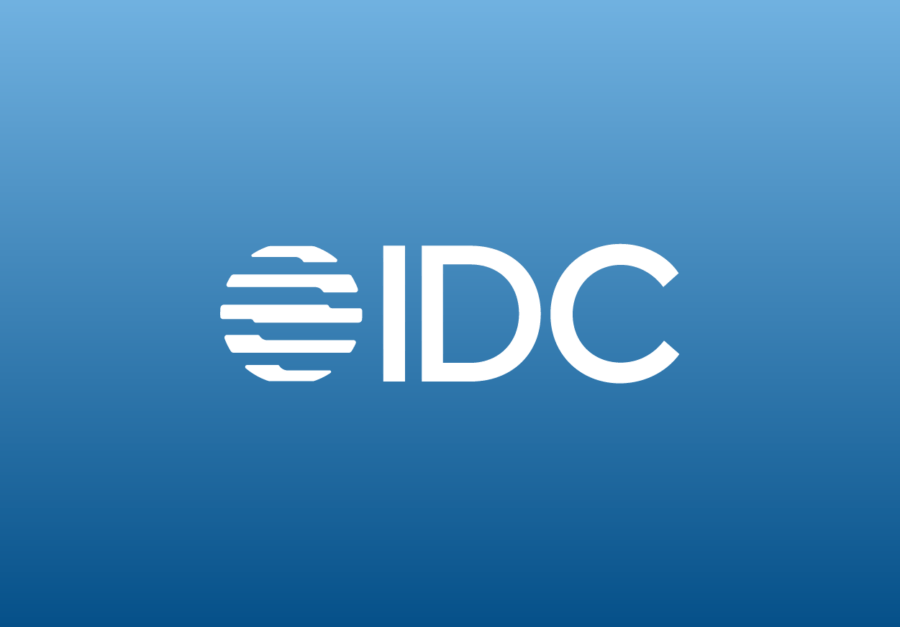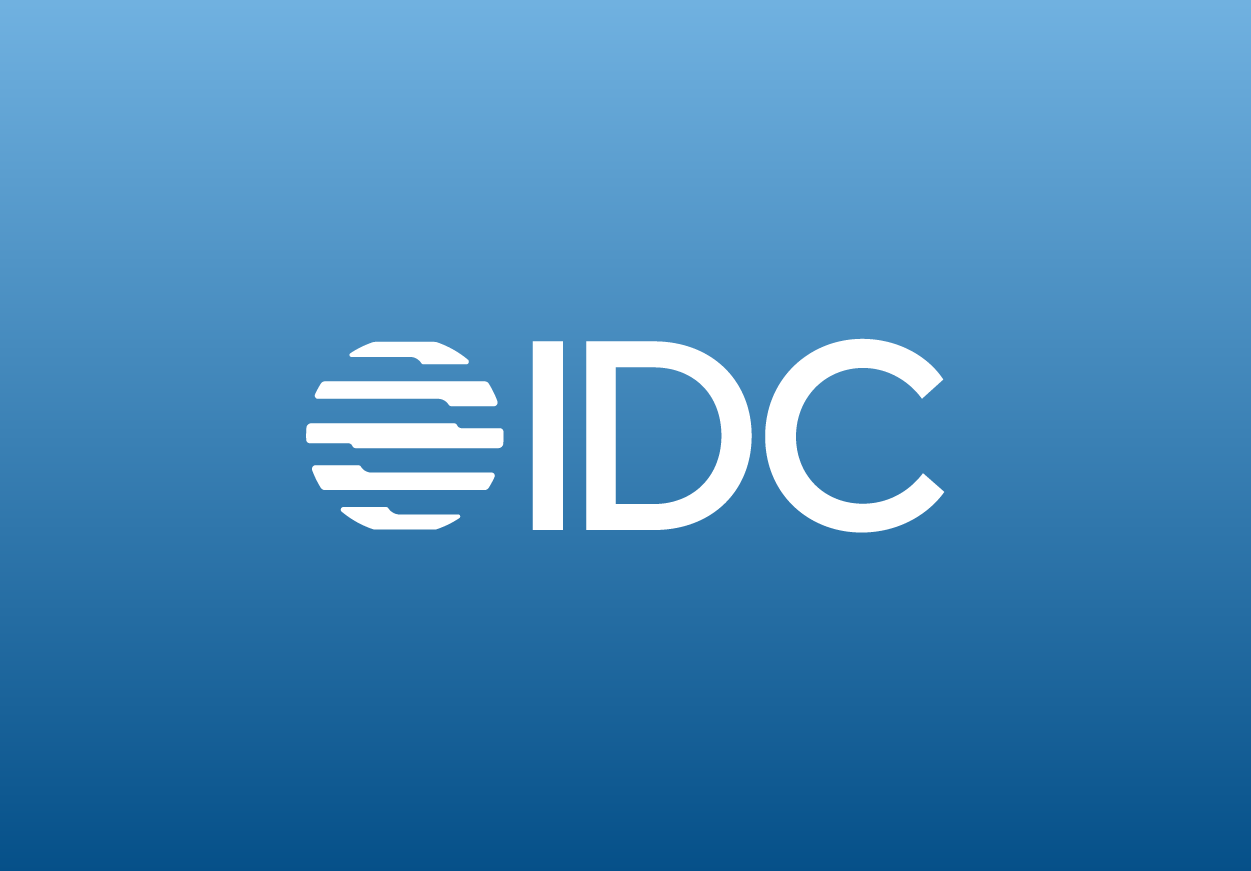Blog
CFO as Chief Growth Officer

To what extent are CFOs embracing the role of ‘Chief Growth Officer’? And what does this mean for corporate treasurers? A recent webinar with Nilly Essaides, Senior Research Director at The Hackett Group, and Cheik Daddah, Global VP of Value Engineering at Kyriba, delved into this topic and explored the role CFOs play in supporting profitable growth across the organization.
Driving Growth
CFOs are increasingly positioning themselves as trusted advisors and proactive growth partners to the CEO and the Board – and this means being able to provide a 360-degree view of the business. In other words, as well as having an accurate rear-view image of what happened yesterday, CFOs also need to play a proactive role in shaping the best path forward for the organization.
Replay the CFO as Chief Growth Officer webinar
According to research by The Hackett Group, organic growth is the number one business strategy priority for senior finance executives, with 34 percent selecting this as their top priority. Innovation and cost reduction can provide attractive opportunities to build a more scalable and flexible structure for growth. But in practice, there is often room for improvement: a poll taken during the webinar found that only 16 percent of the audience rated their finance organizations ‘very effective’ in delivering on their broader, strategic roles.
The good news is that digital transformation brings considerable opportunities for cost reduction. As Essaides explained, figures from The Hackett Group show that typical organizations can reduce their finance costs by 35 percent, while even world-class finance organizations achieve a 21 percent reduction in costs by automating processes and taking advantage of new technologies.
Areas of Opportunity
The webinar identified three key areas in which CFOs can help drive enterprise growth:
- Freeing up cash within the organization. CFOs can achieve this by initiatives such as improving working capital, pursuing operational excellence to free up cash and leveraging technology to negotiate terms with key suppliers and customers. Where working capital is concerned, there is a striking difference between the top quartile of finance organizations by working capital performance, and the median. For example, The Hackett Group found that that top quartile companies had a cash conversion cycle of 17 days, compared to 46.2 days for the median – enabling top quartile companies to free up an average of almost $200 million in free cash flow per $1 billion in sales. This cash can then be used to support organizations’ strategic initiatives.
- Providing real-time visibility. CFOs can also drive growth by harnessing sophisticated treasury technology to gain better insights into the company’s cash position and its capacity for future cash generation. With improved visibility, companies are also better placed to analyze what percentage of excess cash can be deployed for strategic investments, and minimize external borrowing by moving cash from cash-rich to cash-poor subsidiaries. This is an area which is often ripe for improvement: only 8 percent of the webinar’s audience said that their finance organizations could deliver real-time information and analysis to senior management ‘all the time’.
- Using technology to manage risk holistically. Armed with greater visibility into the company’s cash position and cash flows, CFOs are also better placed to manage risk more effectively – both by developing a comprehensive financial risk management program, and by minimizing the number of external transactions made so that they can hedge exposures on a portfolio basis rather than individually. Optimizing this area is largely the remit of the CFO: The Hackett Group found that the CFO has ownership of the ERM program in 53 percent of organizations.
Implications for Treasury
As the role of the CFO becomes increasingly growth-focused, treasury likewise needs to adapt to a more forward-looking mindset. This means positioning the treasury as a department that supports informed decision-making via quality insights and strategic guidance.
Related survey results: Three Key Areas Where CFOs Say Treasurers Need to be More Strategic
This can be achieved by automating and standardizing data gathering processes in order to focus more squarely on value-adding activities. As Daddah explained, Kyriba is well positioned to support corporations in this by helping them benchmark their processes against other organizations and pinpoint any areas in which their performance can be improved.
Ultimately, the goal should be for treasury to evolve from a reactive function which focuses heavily on data gathering to one which is engaged in streamlining processes and increasing automation. By spending more time focusing on analysis and insight generation, treasurers will be better placed to support the CFO in achieving that 360-degree view.













